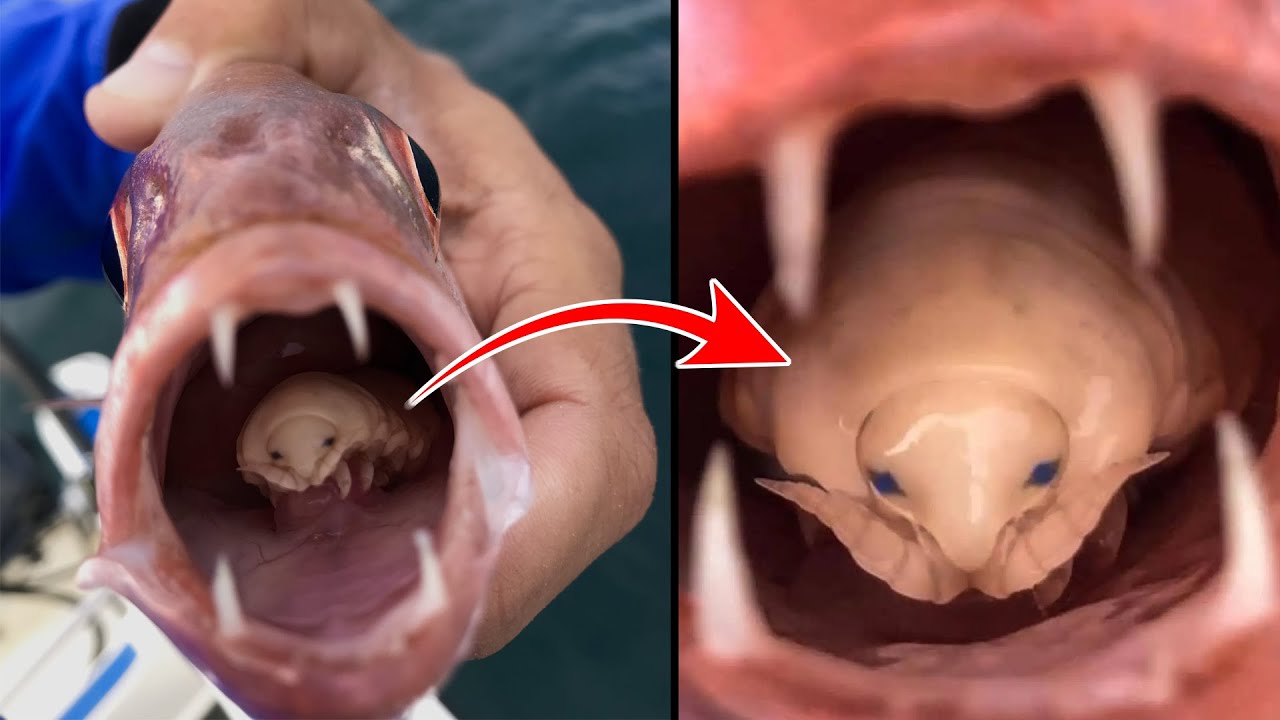As if a jellyfish and a flamingo had a 𝑏𝑎𝑏𝑦.

Despite its alluring name, the pink see-through fantasia is not a piece of seductive lingerie but a sea cucumber living about 1.5 miles (2,500 meters) deep in the Celebes Sea west of Borneo. Discovered only in 2007 by a team of marine biologists, this unique creature has evolved a survival tactic of bioluminescence to protect itself from predators.
Its transparent skin allows its mouth, anus, and even intestines to be seen, allowing scientists to observe its digestive system in action.

Image credit: Laurence Madin/Woods Hole Oceanographic Institution
WHOI biologist Larry Madin and his team discovered the deep-sea creature during a biodiversity exploration mission in the Celebes Sea, supported by the National Oceanic and Atmospheric Administration, the National Geographic Society, and the WHOI Ocean Life Institute.
Since it was first documented so recently, there is currently little concrete information available about the potential size of the pink see-through fantasia. Researchers assume that it is similar in size to related species, which range from 4.3 to 9.8 inches (11-25 cm). While its outer skin displays the astonishing translucence, it has a bright pinkish hue, which is how it earned its common name.

Image credit: NOAA Okeanos Explorer
The fantasia has a unique feeding mechanism whereby it filters nutrients from sediments on the ocean floor. As it sifts through the sediment, it helps to oxygenate the area, which is essential for other creatures that live in the deep sea. So not only is it cute, but it’s also a hard worker.
Unlike other sea cucumbers that remain on the bottom, this species is capable of swimming using a wing-shaped collar surrounding its mouth. This mobility allows it to explore new feeding areas or flee from potential danger.
Additionally, like other deep-sea animals, the fantasia can produce bioluminescence that illuminates its inner organs. This characteristic may serve as a deterrent to predators who might not want to consume a meal with visible insides.
Thinking of adding a pink see-through fantasia enypniastes to your aquarium, so you can see its inner organs at work yourself? Sorry to say that’s not going to happen. These little guys are strictly deep sea dwellers, and they don’t do well in captivity. In fact, we don’t know of any that have been captured at all – and well, we better leave it that way…





